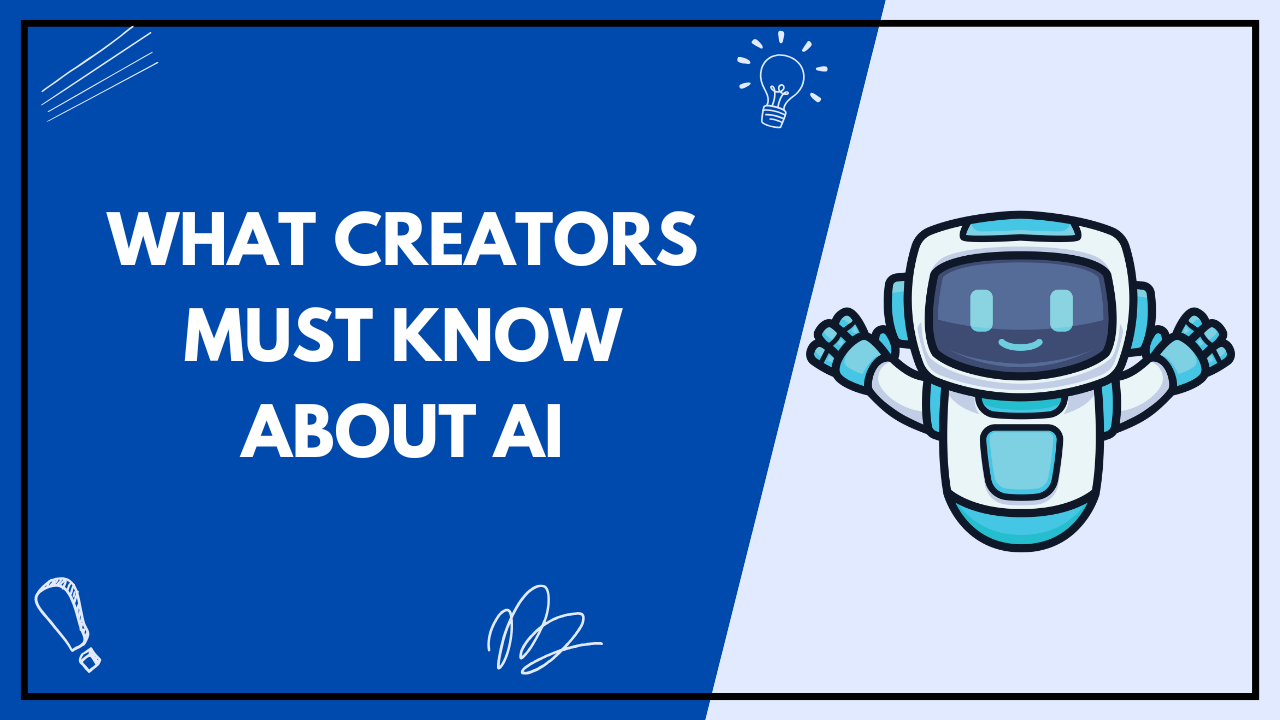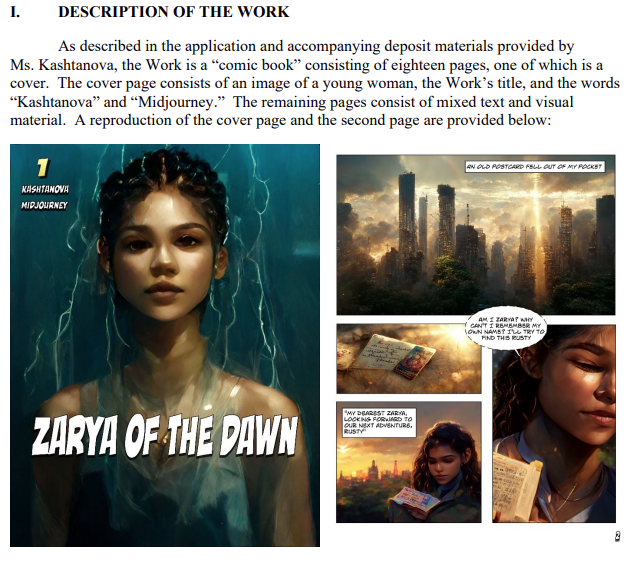

Table of Contents
ToggleYou’ve seen it everywhere — stunning, surreal AI generated artworks flooding Instagram, DeviantArt, and even NFT marketplaces.
At first, it’s exciting.
But then the question hits you:
“If I create AI art, do I actually own it?”
Here’s the shocking reality: pure AI generated art cannot be copyrighted.
If you’re a digital creator, artist, or entrepreneur using AI, this guide is your ultimate legal cheat sheet.
We’ll break it all down in simple terms:
Why AI art isn’t protected?
What the latest 2025 laws say?
…and how you can still secure your creative rights.
Let’s dive in
Table of Contents
ToggleWhat Is AI Generated Art? (And Why It Matters Legally)
AI generated art refers to visual creations produced primarily by artificial intelligence systems — like MidJourney, DALL·E 3, or Stable Diffusion — with minimal or no direct human involvement.
Key Point:
The law cares deeply about “human authorship”.
Without significant human creativity, courts consider the “creator” to be the machine — and machines can’t own copyrights.
Can AI Art Be Copyrighted? (Short Answer: No, Here’s Why)
According to the first court in the nation to address the issue:
“only human beings—and not robots, computers or other machines—can be “authors” of copyrightable works.”
— U.S. Copyright Office, 2025 (Source)
Here’s why AI art fails the copyright test:
- Human Authorship Required:
Copyright law protects human creativity — not machine outputs. - Originality Must Be Human-Driven:
AI generated art often pulls from pre-existing datasets, blurring the line of originality. - Fixation Isn’t Enough:
Even if an artwork is “fixed” (saved, printed), that alone doesn’t meet the legal standard without human creativity.
Stat Snapshot:
According to the U.S. Copyright Office, over 91% of AI generated work copyright applications were rejected in 2024–2025.
Key Court Cases and Legal Precedents (2023–2025)
Zarya of the Dawn Ruling (2023)

- Summary:
An AI-assisted comic book submitted for copyright protection sparked a major ruling. - Result:
The U.S. Copyright Office ruled that AI-created elements in the comic could not be copyrighted — only the human storytelling parts could.
Visual Timeline:
| Year | Legal Event | Impact |
|---|---|---|
| 2023 | Zarya Case | Clarified “partial human authorship” rules |
| 2024 | USCO Policy Update | Formal guidelines rejecting pure AI copyrights |
| 2025 | Federal Court Decisions | Reinforced human authorship necessity |
If AI Is the Creator, Who Owns AI Art?
Short Answer:
No one.
Unless significant human intervention shapes the final output.
How Much Human Input Is Enough?
There’s a blurry line, but here’s the general consensus:
- Simple Prompting?
Not enough. Just typing “a dog flying through space” won’t qualify. - Deep Editing & Interpretation?
Could qualify. Significant creative edits post-generation can establish authorship.
Case Study:
In a 2024 case, an artist who heavily modified AI output (compositing, retouching, color grading) successfully registered their final piece with the Copyright Office.
The Legal Risks of Claiming Copyright on AI Art
Warning: Claiming copyright over pure AI creations could get you into trouble:
- Fraudulent Claims:
Submitting an AI-only artwork risks rejection — or even legal penalties. - DMCA Abuse:
Filing takedown requests based on false ownership can backfire legally. - Sales and Monetization Issues:
Platforms like Etsy and Amazon are increasingly scrutinizing AI generated art sales.
How Creators Can Protect AI-Enhanced Work (Without Breaking the Law)
Here’s your quick action checklist:
| Action | Why It Matters |
|---|---|
| Blend AI + Human Creativity | Makes the work copyright-eligible |
| Keep Creation Records | Proof of human contribution |
| Modify Extensively | Retouch, collage, reframe AI outputs |
| Register Human-Modified Work | Copyright the modified version |
Future of AI Art and Copyright Law: 2025 and Beyond
The next few years will bring:
- Greater Regulation:
Expect new laws specifically addressing AI authorship. - Clearer Standards:
Thresholds for “sufficient human creativity” will likely be codified.
Stat to Watch:
By 2027, AI generated content is predicted to comprise 50%+ of all digital art online (source: Forbes).
Expert Insight:
“AI will challenge traditional copyright, but the human spirit of creativity will remain irreplaceable.”
— Dr. Susan Black, Digital Law Scholar, Stanford
Conclusion
Now you know…
Pure AI generated art can’t be copyrighted
But there’s a smart way to navigate this new creative landscape.
Blend creativity.
Document your work.
Protect your rights.
Have you started protecting your AI art yet?
Drop a comment below and share your strategy
Let’s spark a real conversation!

Ayoub Essalmi
Digital Growth Strategist & Marketing Consultant
I help service businesses scale past $10K/month using high-converting marketing systems, powerful sales strategies, and automation that works. Follow my content for tactical growth advice that actually moves the needle.

Copyright © 2025 Ayoub Essalmi Ventures, LLC.
Ayoub Essalmi can not and does not make any guarantees about your ability to get results or earn any money with our ideas, information, tools, or strategies.
Nothing on this page, any of our websites, or any of our content or curriculum is a promise or guarantee of results or future earnings, and we do not offer any legal, medical, tax or other professional advice. Any financial numbers referenced here, or on any of our sites, are illustrative of concepts only and should not be considered average earnings, exact earnings, or promises for actual or future performance. Use caution and always consult your accountant, lawyer or professional advisor before acting on this or any information related to a lifestyle change or your business or finances. You alone are responsible and accountable for your decisions, actions and results in life, and by your registration here you agree not to attempt to hold us liable for your decisions, actions or results, at any time, under any circumstance.
This site is not a part of the Facebook website or Facebook Inc. Additionally, This site is NOT endorsed by Facebook in any way. FACEBOOK is a trademark of FACEBOOK, Inc.